
EDA SHABAM - Sharing Bandwidth in Military Systems
The EDA SHABAM project address the future of robust and flexible military radio communications.

The EDA SHABAM project address the future of robust and flexible military radio communications.

Model and reduce the uncertainties in lifetime prediction of marine risers based on targeted probability levels using probablistic and multi-fidelity modelling relying on measurement data.
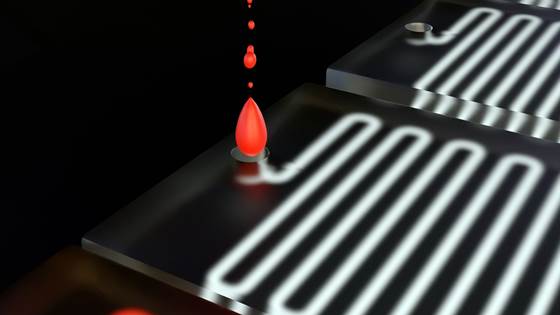
Our aim is to develop a next-generation diagnostic device that can detect carbapenemase-producing bacteria directly from patient samples - such as blood, urine, or swabs - in under 15 minutes, without the need for time-consuming lab cultures.
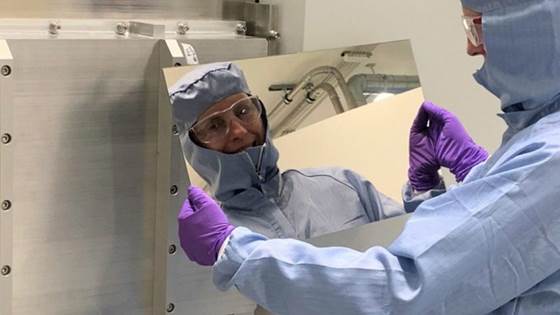
QSENS aims to improve upon Superconducting Nanowire Single-Photon Detector quantum sensors (SNSPDs). SNSPDs can be utilized as stand-alone sensors or a components in quantum computers or quantum communication.
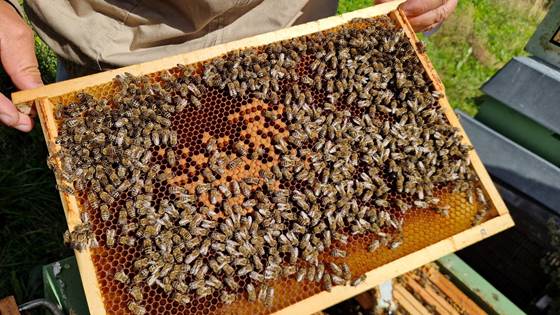
Beefutures, SINTEF and NINA are joining forces to gain insight into bee decline and environmental stressors impacting ecosystem health and biodiversity.
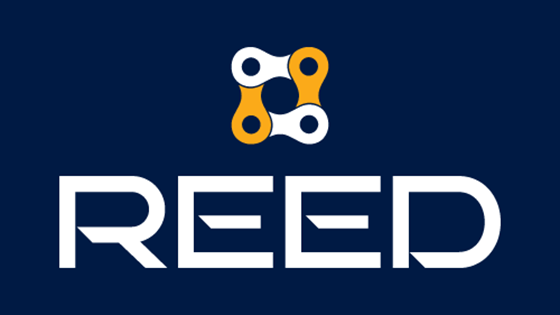
The main objective of REED project will be the development of a Manufacturing as a Service (MaaS) platform that will provide the enabling technologies, equipment and services for the manufacturing of bulky parts of the capital goods sector, assuring...
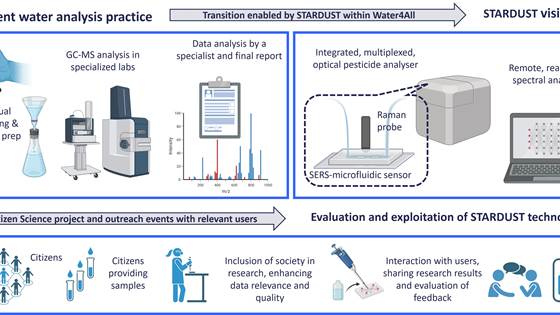
The aim of this project is to develop a unique optical system to monitor pesticides in water. Combined with passive sampling and Citizen Science we aim at understanding the impact of extreme hydroclimatic events on the occurrence and persistence of...
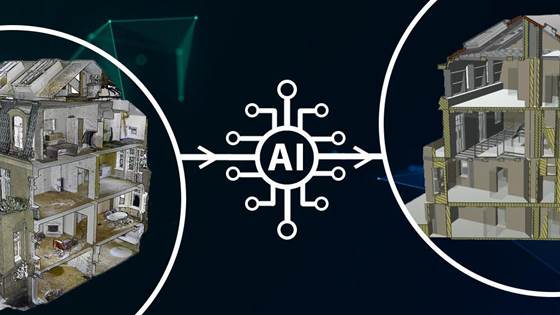
The DigiBygg project aims to achieve fast and cost-effective production of detailed digital building models, which will promote broader adoption of digital processes in the building sector.
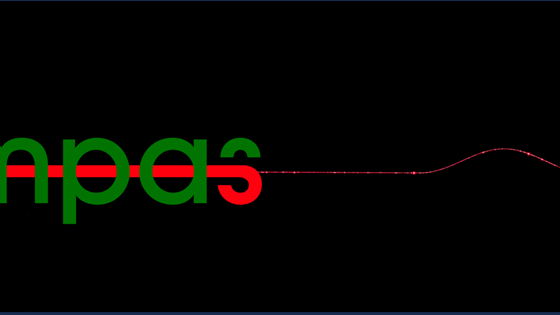
The main objective of COMPAS is to develop a compact, inexpensive, and ultrasensitive PIC sensing platform (PSP) for air and water monitoring, relying on the co-integration of light source, detectors, and electronic IC for on-chip signal processing.

To develop and evaluate a new community-based comprehensive, holistic, goal-oriented multi-symptom rehabilitation programme tailored to the needs and circumstances of each individual.

Improve occupational health and safety conditions within the ship recycling industry. By leveraging state-of-the-art robotics, computer vision, and artificial intelligence systems, we aspire to revolutionize traditional methodologies while promoting...

The WAge project will develop and validate the first comprehensive framework for assessing and understanding the roles and interactions between physical and psychosocial risk factors across age groups through robust modelling and policy-relevant...
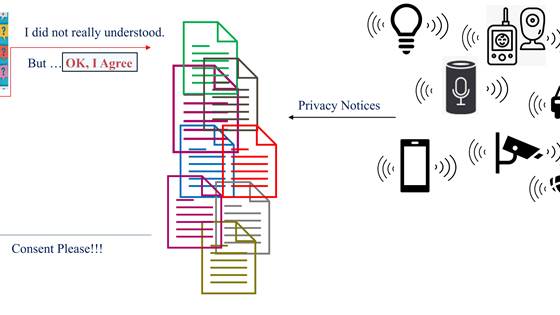
The Privacy@Edge project aims to enhance individual privacy awareness and control in the IoT landscape by developing intuitive tools that simplify complex privacy policies and offer personalized privacy recommendations.
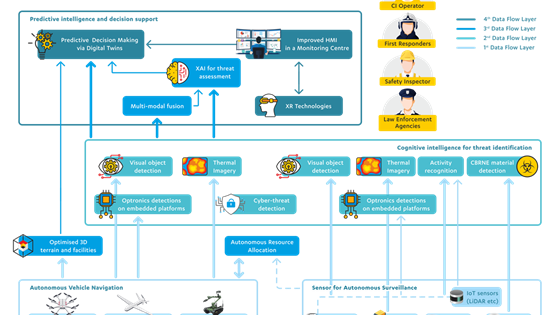
The TESTUDO project aims to use state-of-the-art technologies for detection, prevention, and prediction to develop an advanced platform for continuous Critical Infrastructure monitoring in harsh and remote areas.

The overall aim of RIGHT BALANCE is to establish new knowledge about the relationship between physical activity, sleep and self-perceived fatigue, and to develop advice on how alterations in activity and sleep can reduce fatigue and increase mastery...
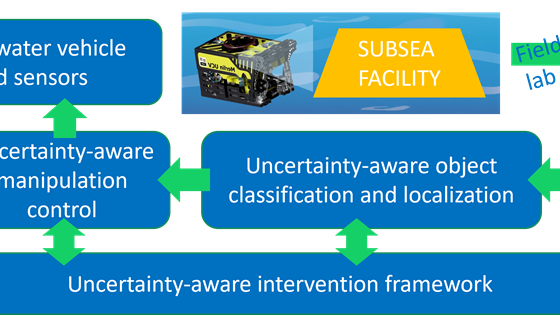
How can we make autonomous underwater robotic intervention more robust by understanding and utilizing the uncertainty involved in the sensing-perception-manipulation pipeline? This is the topic for the SAFESUB project.
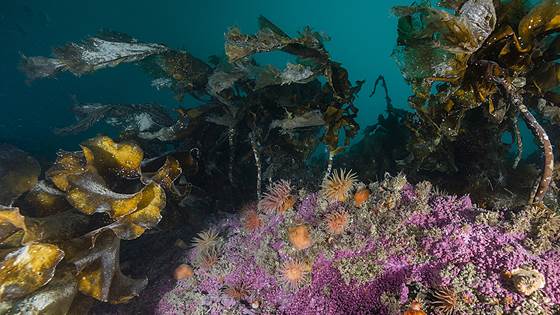
The collaborative project AMBIOS aims to develop the world's first fully autonomous platform for multi-layer mapping of biodiversity in the marine space and validate it on selected use cases in Mid-Norway.

The IPN project TechDebtOps aims to explore the possibilities of managing technical debt continuously through a data-driven approach, ensuring the sustainable development of software and services for the future.